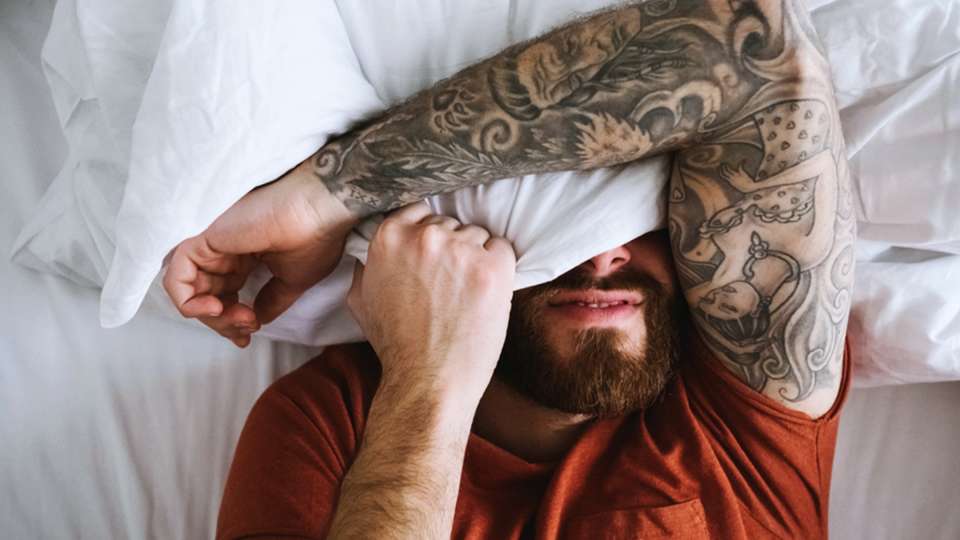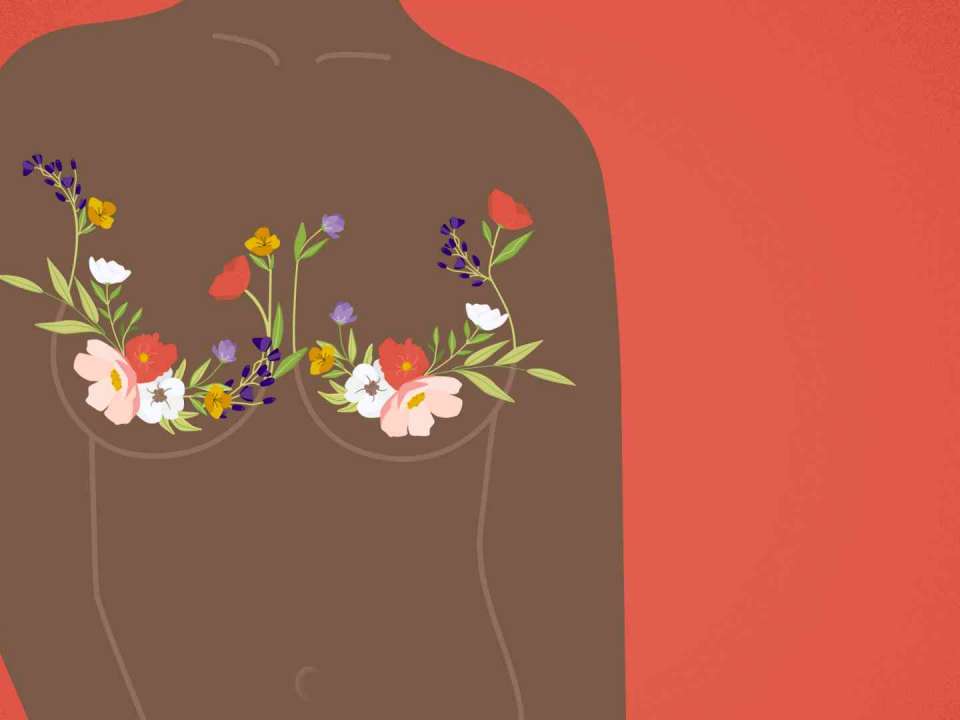
There are around 200 different types of headaches. You’ve probably heard about the common ones, like migraines, tension headaches, and maybe even brain freeze after eating ice cream. But have you heard of cluster headaches?
Cluster headaches are rare but debilitating. A cluster headache comes on suddenly, often before bed, and usually affects one side of the face. The pain is severe and lasts between 15 minutes and three hours. Cluster headaches can happen every day for weeks or months and then disappear for months or even years before coming back again.
Doctors don’t know exactly what causes cluster headaches, though research has shown they may be connected to the functioning of the hypothalamus, the part of the brain that tries to keep all your body processes stable, including nervous system function.
“It's a very bizarre type of headache because you’ll look at the person and they’ll have significant tearing of the eye only one side of their face, they’ll have nasal congestion only on one side, they sometimes can have facial sweating,” explains Dr. Natalia Murinova, a neurologist, headache specialist and director of the Headache Clinic at UW Medical Center - Roosevelt. “Sometimes they can even have changes in their pupil where the pupil can become small. They can have an eyelid droop where it looks like they had a stroke. It can be a very scary sensation if a person never had it before.”
Cluster headaches primarily affect men, though people of any gender can get them. They can happen in people of all ages but most commonly affect individuals between ages 20 and 40.
And when we say the pain is severe, we mean it — it can be so bad that people get extremely restless or even feel they don’t want to exist anymore while they’re having the headache.
“They may not have a history of anxiety or depression, but in that moment, while the headache is ongoing, they can feel severely distressed or even suicidal,” says Dr. Ami Cuneo, a neurologist and headache specialist also at the Headache Clinic. “And then after the headaches resolve, then they can feel much better and back to normal again. It’s important for patients to know that there are treatments out there for this headache.”
How are cluster headaches treated?
For a headache that’s so complex, some of the treatments for cluster headaches are relatively simple, like wearing an oxygen mask or taking a melatonin supplement before bed.
There is a monoclonal antibody medication, administered as a shot each month, that can also be helpful. Another type of treatment is a neuromodulation device that you put against your neck that sends out an electrical signal to help regulate the body’s nervous system and improve headache symptoms. Lifestyle changes can make a big difference, too, especially quitting smoking for those who smoke.
But before you start treatment, it’s important to get evaluated by a headache specialist.
“You need to have the correct diagnosis before you just start treating with melatonin or oxygen, because cluster headache can mimic many, many different types of other headaches, and other conditions like brain tumors can present as cluster headache,” Murinova says.
The most important thing to know is that if you have cluster headaches, there is hope. If your headaches are keeping you from doing the things you want to do in life, consulting with a headache specialist and finding a treatment method that works for you can help you have more pain-free days or even get you to a point where you’re headache-free most of the time.
“We have more treatments that can be effective for cluster headaches than even a few years ago,” Cuneo says. “We want individuals who have cluster headaches to know that they can get better. We can treat this.”

 Healthy ideas for your inbox
Healthy ideas for your inbox





